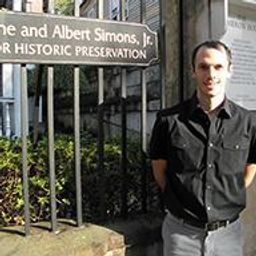Current Research III
My Session Status
Elementy podrzędne
This paper examines the ‘ownership’ and ‘possession’ of intangible cultural heritage (ICH) in the international legal framework. Intangible cultural heritage is living heritage, it is the cultural ‘practices, representations, expressions, knowledge and skills manifest in domains such as ‘dances, song, storytelling and crafts. It has been given an exalted status, described as “the most important vehicle of cultural diversity." It has political, social, economic and enviro...
There is an assumption that architecture emerged around fire. Hestia, the Greek goddess of the hearth, or Vesta, the Roman one, were both central in architectural space and in the life of the city. Fire is at the beginning of architectural creation thus also the latter’s first memory. Historically, most major cities in the world have been partly or fully destroyed by fire. Yet fire is still a lurking threat to contemporary urban environments. Urban fires are usually accidental but sometime...
While teaching heritage preservation courses for several years I struggled with how to give an equal balance to the research and preservation of buildings and other historic sites vis-à-vis the stories surrounding people and culture—an extension of the paradoxical issue of conducting tangible and intangible heritage preservation simultaneously and in a meaningful way. Recently, I began experimenting with the exercise of having students conduct research into the preservation of their own he...
This paper will investigate different aspects of emerging issues related to the management of cultural heritage data with special reference to two research projects underway in the Northern Italy area. The methodological and operational references for this work are, first of all, milestone documents form the European Commission like European Landscape Convention, underlining the Social dimension of Cultural Landscape, considered at the same time construct and product of contemporary societ...
Our urban landscape is marked with the footprints of people, past, and present. The buildings around us, the stones beneath us, and the atmosphere that they create are the setting for our contemporary narratives. As a society, we know and value these stories by passing them on through heritage listings, through formal and informal place-making activities, and by recognizing their role in contributing to urban and other cultural identities of the present and future. Heritage, in some sense,...
In the last two decades, the richness and diversity of historic cities in Eastern Asian countries have seriously suffered due to the rapid and tremendous urban transformations, both in urbanized and urbanizing countries. In spite of the great efforts throughout these countries, the conservation results are still unstable and unpredictable, as are the universal symptoms across the countries and prevailing in the historic cities at the local level. This study conducted an analysis of each si...






Discussion